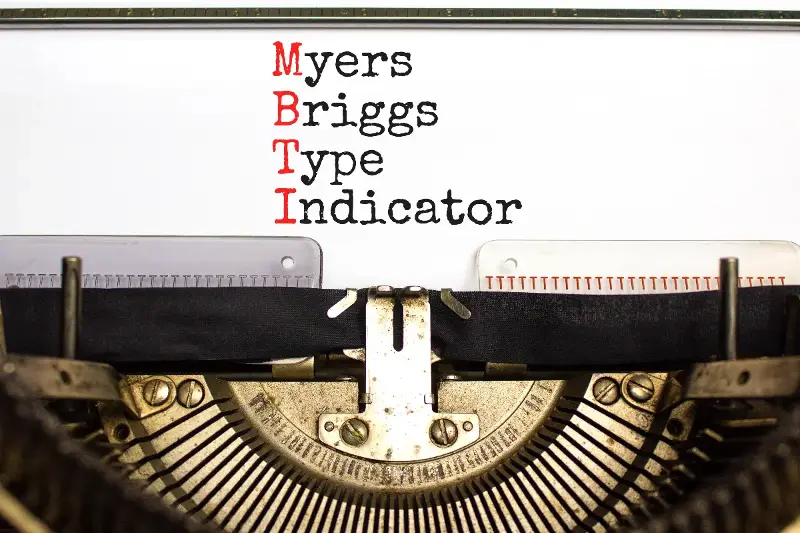Stroll through any university campus, scroll endlessly on social media, or even chat over coffee these days, and you’re likely to meet someone quick to tell you their Myers-Briggs Type Indicator—‘I’m an INFP!’ or ‘No wonder, I’m such an ESTJ!’ The MBTI, with its snappy four-letter codes, is more than mere conversation fodder. It’s seeped into the fabric of education, corporate training, and even dating apps, promising a unique map to each person’s psychological makeup. But beneath the glossy allure, what exactly is happening to our understanding of personality—and our sense of self?

A Brief History: How Did MBTI Become So Popular?
Developed in the shadows of World War II by Katharine Cook Briggs and her daughter Isabel Briggs Myers, the MBTI was inspired by Carl Jung’s theories about psychological types. Jung believed our differences were rooted in basic preferences: how we gather energy, absorb information, make decisions, and interact with the outside world. Translating these into practical questions, Briggs and Myers designed a tool that’s now estimated to be administered more than two million times annually across the globe.
Key facts:
- 4 dichotomies, 16 types: The MBTI asks participants to declare preferences across four pairs: Introversion (I) vs Extraversion (E), Sensing (S) vs Intuition (N), Thinking (T) vs Feeling (F), and Judging (J) vs Perceiving (P).
- Global reach: The MBTI is available in more than 30 languages and used in 115 countries.
It’s not just a Western phenomenon. From boardrooms in Seoul to classrooms in Buenos Aires, the MBTI has become a beloved tool for exploring identity and differences.

Comfort or Change? The Ongoing Debate
But the MBTI’s rise also sparks a bigger question: Is it transforming lives, or simply soothing personality seekers with reassuring labels?
On one hand, MBTI can foster self-understanding and acceptance. People—especially students and young adults—often find relief in discovering a “type” that paints their quirks in a positive light. An anxious introvert suddenly recognises their depth of thought as an asset, not a flaw. Type dynamics help people:
- Name their strengths (“I am creative, not chaotic!”)
- Explain energy patterns (“I recharge alone, that’s okay.”)
- Navigate relationships (“He’s a thinker, I’m a feeler—that’s why we clash!”)
On the flip side, scientists argue that MBTI offers more hope than hard evidence. Critics highlight that:
- No scientific consensus backs up type theories as predictors of success or happiness.
- People’s ‘types’ can shift significantly even after several months—a sign, perhaps, that humans are far more changeable than the test suggests.
- Danger of “type-casting”: It’s easy to fall into the trap of excusing poor behaviour (“I’m blunt because I’m a T!”) or limiting growth (“I can’t be a leader; I’m an introvert.”)

The Education and Mindfulness Connection
Still, MBTI continues to weave its way into classrooms and personal development spaces, sometimes paired with mindfulness initiatives. Many educators find value in encouraging students to explore their cognitive habits, opening doors to conversations around:
- Self-reflection: Mindfulness practices plus personality exploration can unlock empowering insights for young & adult learners alike.
- Empathy: Learning that everyone’s brain “works differently” can reduce conflict and increase tolerance.
- Flexible learning: Teachers adapt their strategies to embrace both the deep thinker and the energetic doer.
Fascinating Note: In a 2022 survey, secondary schools in Sweden found that incorporating MBTI into mindfulness sessions correlated with increased student participation and a 15% reduction in reported stress levels.
Soothing Labels or Springboards for Growth? Thinking Beyond the Letters
Whether you’re a steadfast Advocate or a sceptical Logician, there’s no denying the sheer appeal of MBTI’s tidy typology. Humans, after all, crave order—a little clarity in a world swirling with uncertainty. There’s comfort in seeing ourselves reflected back in four bold letters.
But perhaps the greatest gift MBTI offers is not in drawing boundaries, but in inspiring curiosity. For those who use it as a springboard to self-enquiry, rather than a box, the exploration becomes ongoing—infinitely richer than any personality quiz could promise.
Are we defined by our “types,” or do we transform and transcend them daily? The answer may be more fluid—and more thrilling—than any test result. So next time you declare your type, remember: the real adventure just might lie beyond the letters.
